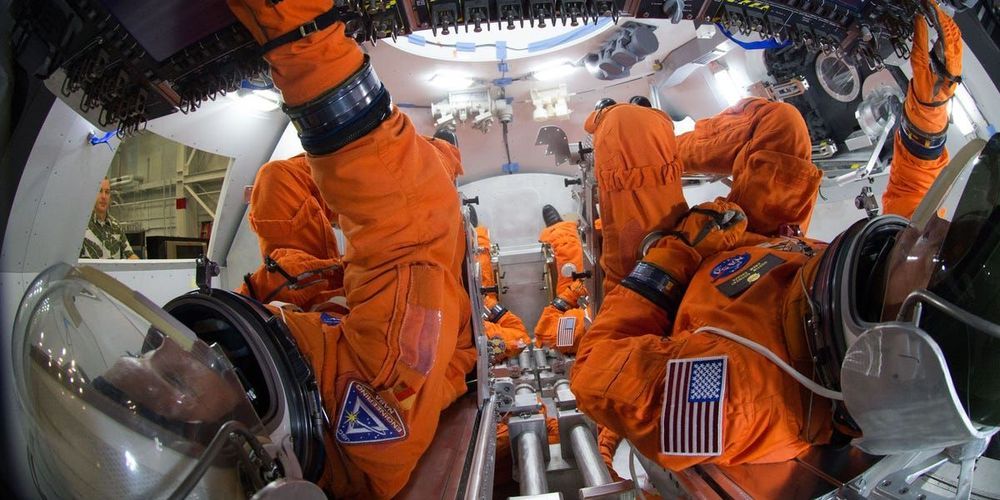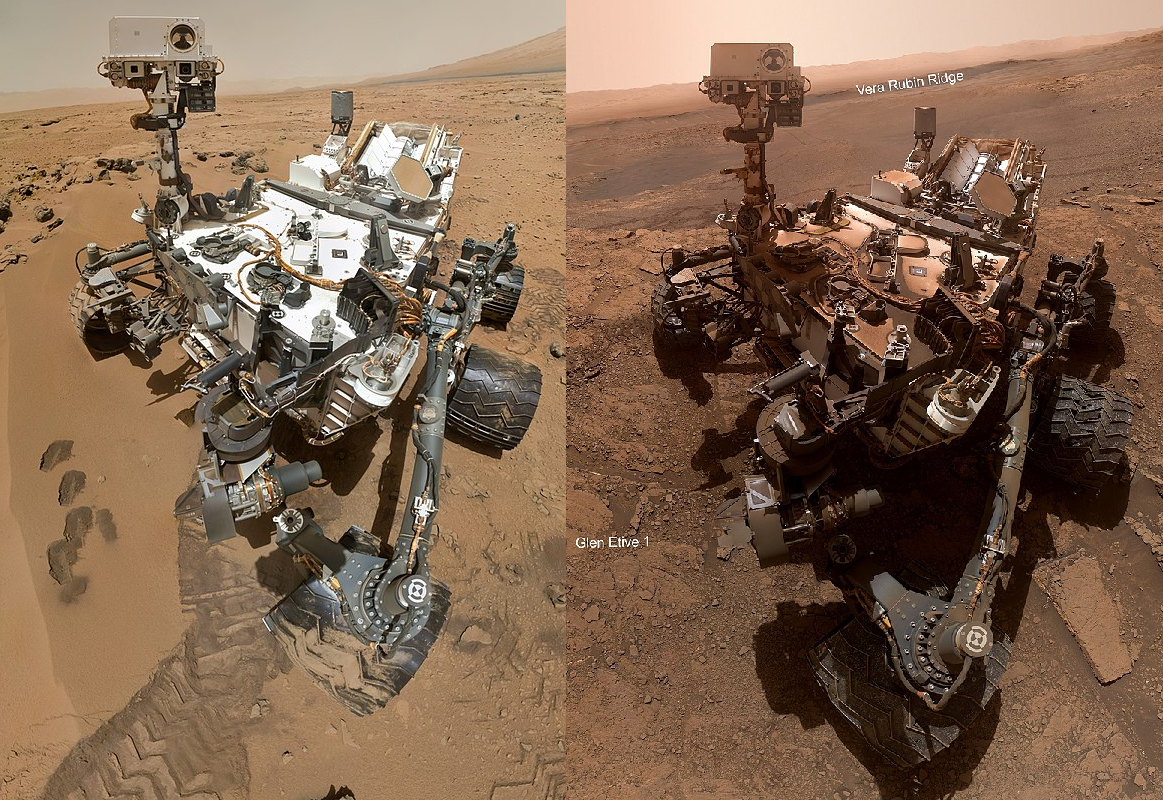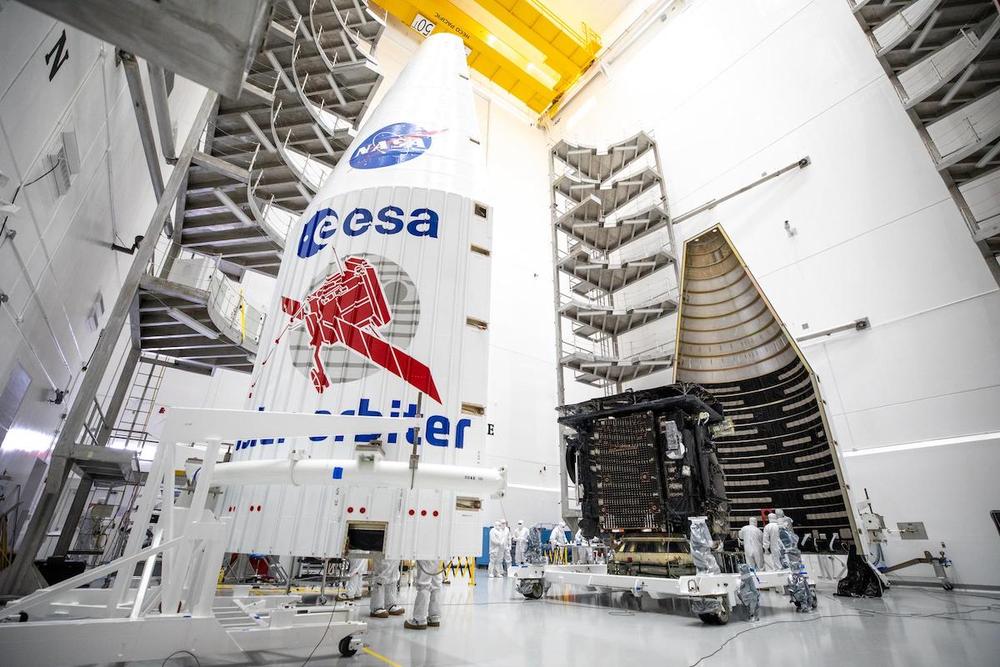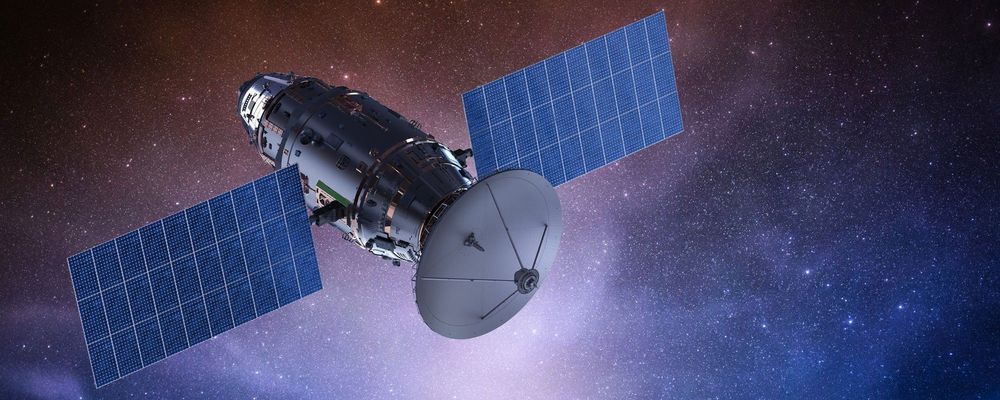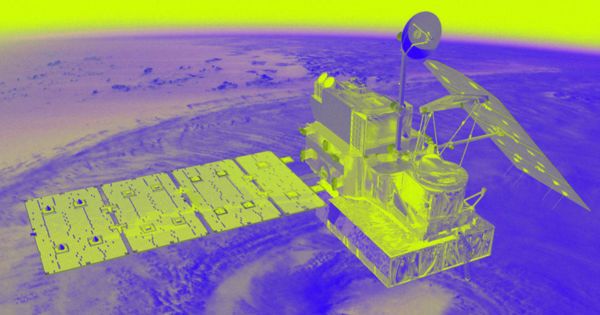- Some everyday things are near-impossible for astronauts to do in space.
- Common items like salt and bread are banned from the International Space Station due to fears that they’ll send floating pieces everywhere and potentially damage space equipment or accidentally get inhaled by astronauts.
- Basic eating, sleeping, and showering habits must also be modified.
Astronauts make a lot of sacrifices when they venture off of Earth.
Besides the dangers of space travel and time away from family, microgravity comes with a whole new set of rules that dictates many facets of everyday life.
